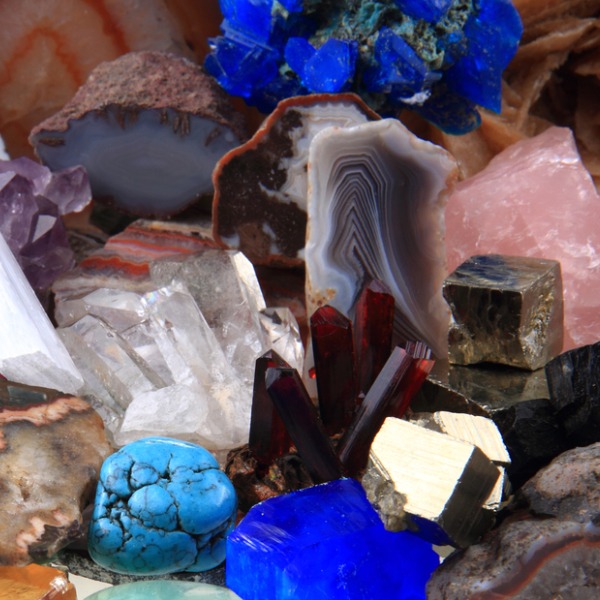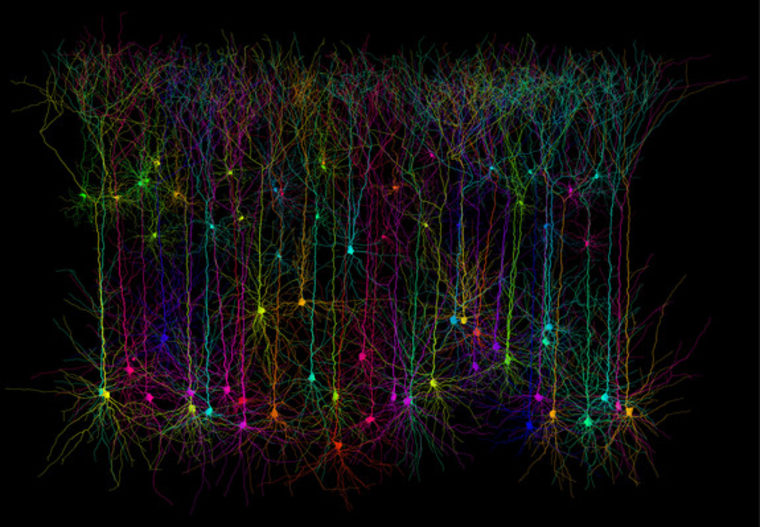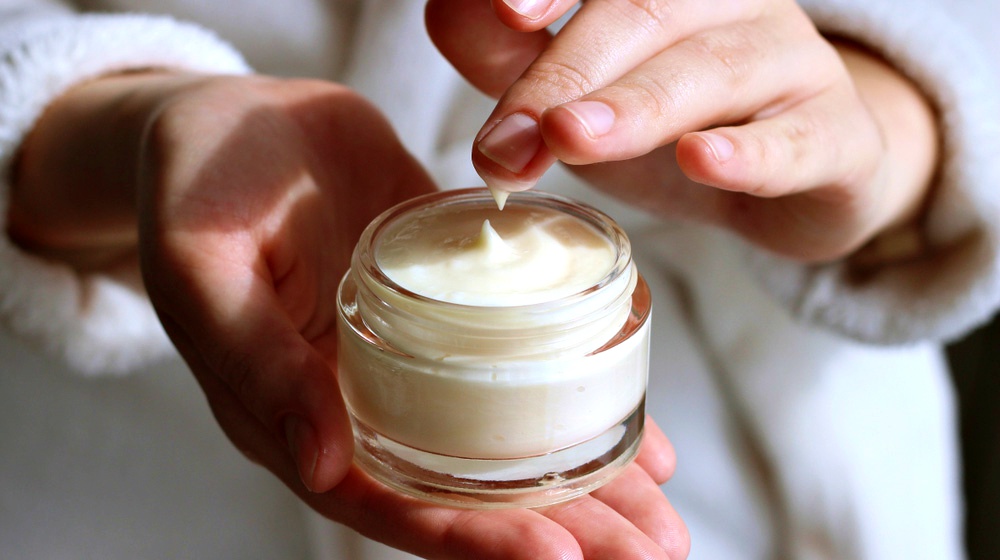Despite this, all living cells have a number of common features, including the presence of a phospholipid membrane, DNA, cytoplasm and ribosomes. Explore this article 1 Cell Membrane The cell membrane is a protective layer that surrounds the cell and protects each of its organelles. The membrane is made of a bi-layer of phospholipids.
Solar Panels for Your Home: A Complete Guide (2024)
These include 1) a plasma membrane, which is an outer covering that separates the cell’s interior from its environment; 2) cytoplasm, a jelly-like substance within the cell where other cellular components are found; 3) DNA, which is the genetic information of the cell; and 4) ribosomes, the structures responsible for protein synthesis.

Source Image: scitechdaily.com
Download Image
The Cell Theory was first described in 1839. While the Cell Theory has been altered and revised, most biologists today list three or four general characteristics shared by all cells: 1. The cell is the basic unit of life. Anything smaller than a cell is not alive by definition. 2. All organisms are composed of one or more cells. 3.

Source Image: slideplayer.com
Download Image
Biology Staar Flashcards | Quizlet 4.1: Studying Cells A cell is the smallest unit of a living thing. A living thing, whether made of one cell (like bacteria) or many cells (like a human), is called an organism. Thus, cells are the basic building blocks of all organisms. There are many types of cells, all grouped into one of two broad categories: prokaryotic and eukaryotic.

Source Image: letstalkscience.ca
Download Image
Which Characteristic Is Shared By All Four Cells
4.1: Studying Cells A cell is the smallest unit of a living thing. A living thing, whether made of one cell (like bacteria) or many cells (like a human), is called an organism. Thus, cells are the basic building blocks of all organisms. There are many types of cells, all grouped into one of two broad categories: prokaryotic and eukaryotic. The nucleus of a eukaryotic cell contains its DNA. Cells are the microscopic units that make up humans and every other living organism. Some organisms consist of only one cell, while others (like humans) have trillions of cells! 1. The vast majority of cells share several characteristics: they are bound by a plasma membrane and contain
All About Minerals | Let’s Talk Science
All cells share four key components: The plasma membrane is an outer covering that separates the cell’s interior from its surrounding environment. Cytoplasm consists of the jelly-like cytosol inside the cell, plus the cellular structures suspended in it. How Does a Bluetooth Gateway Function and How Can We Utilize It?

Source Image: iotforall.com
Download Image
Human brain may be even more powerful computer than thought All cells share four key components: The plasma membrane is an outer covering that separates the cell’s interior from its surrounding environment. Cytoplasm consists of the jelly-like cytosol inside the cell, plus the cellular structures suspended in it.

Source Image: nbcnews.com
Download Image
Solar Panels for Your Home: A Complete Guide (2024) Despite this, all living cells have a number of common features, including the presence of a phospholipid membrane, DNA, cytoplasm and ribosomes. Explore this article 1 Cell Membrane The cell membrane is a protective layer that surrounds the cell and protects each of its organelles. The membrane is made of a bi-layer of phospholipids.

Source Image: greenmatch.co.uk
Download Image
Biology Staar Flashcards | Quizlet The Cell Theory was first described in 1839. While the Cell Theory has been altered and revised, most biologists today list three or four general characteristics shared by all cells: 1. The cell is the basic unit of life. Anything smaller than a cell is not alive by definition. 2. All organisms are composed of one or more cells. 3.

Source Image: quizlet.com
Download Image
Watch: Recent microbial discoveries are changing our view of life on Earth This form of metabolism is called anabolism. They can also break down, or decompose, organic matter, which is called catabolism. Living things require energy to maintain internal conditions (homeostasis), for growth, and other life processes. Growth. All living things have the capacity for growth.

Source Image: sciencenews.org
Download Image
10 Best Stem Cell Beauty Products On The Market Today 4.1: Studying Cells A cell is the smallest unit of a living thing. A living thing, whether made of one cell (like bacteria) or many cells (like a human), is called an organism. Thus, cells are the basic building blocks of all organisms. There are many types of cells, all grouped into one of two broad categories: prokaryotic and eukaryotic.

Source Image: bioinformant.com
Download Image
The story of Henrietta Lacks and the uniqueness of HeLa cells The nucleus of a eukaryotic cell contains its DNA. Cells are the microscopic units that make up humans and every other living organism. Some organisms consist of only one cell, while others (like humans) have trillions of cells! 1. The vast majority of cells share several characteristics: they are bound by a plasma membrane and contain

Source Image: medicalnewstoday.com
Download Image
Human brain may be even more powerful computer than thought
The story of Henrietta Lacks and the uniqueness of HeLa cells These include 1) a plasma membrane, which is an outer covering that separates the cell’s interior from its environment; 2) cytoplasm, a jelly-like substance within the cell where other cellular components are found; 3) DNA, which is the genetic information of the cell; and 4) ribosomes, the structures responsible for protein synthesis.
Biology Staar Flashcards | Quizlet 10 Best Stem Cell Beauty Products On The Market Today This form of metabolism is called anabolism. They can also break down, or decompose, organic matter, which is called catabolism. Living things require energy to maintain internal conditions (homeostasis), for growth, and other life processes. Growth. All living things have the capacity for growth.